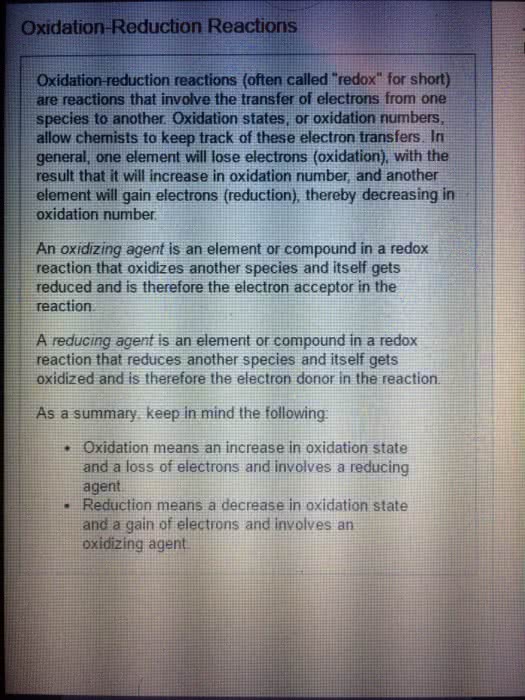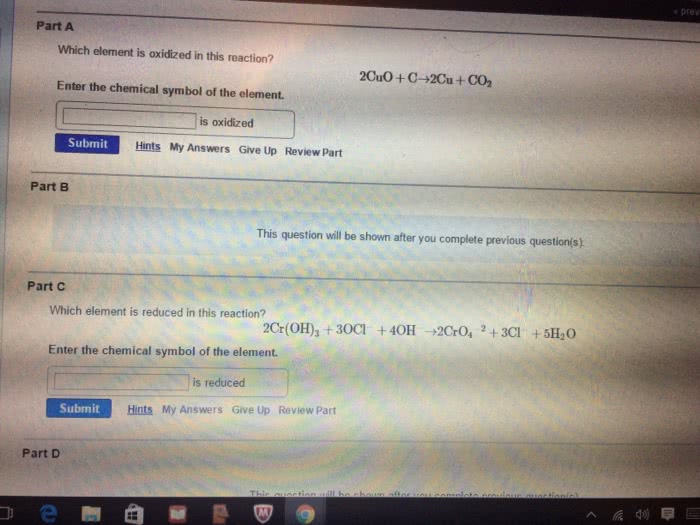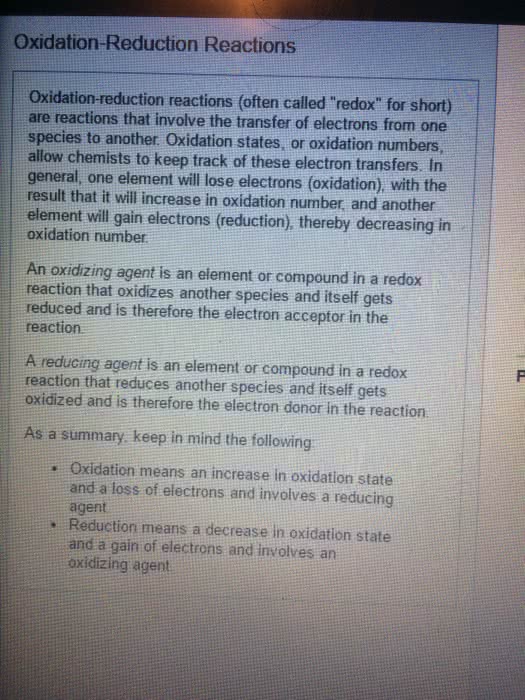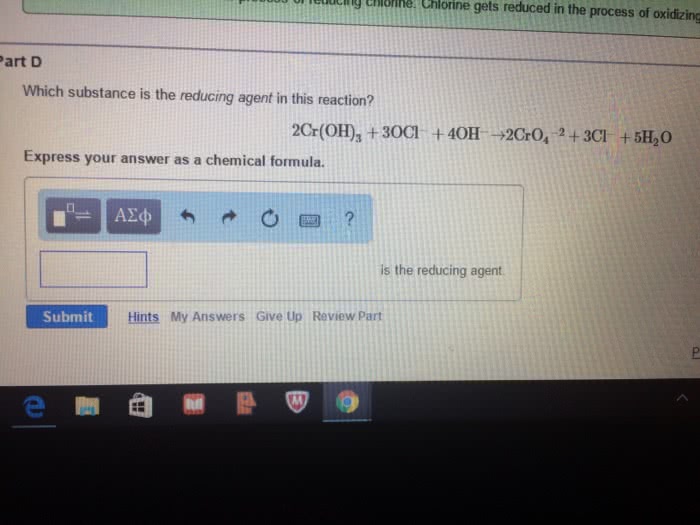030.102 Lecture Notes - Lecture 5: Electron Donor, Oxidation State, Electrolytic Cell
Document Summary
Industrial production of chemicals such as cl2, naoh, f2 and al. Determine the oxidation number of an atom in a compound. Cu (s) + 2 ag+ -> cu2+ (aq) + 2ag (s) Silver metal precipitates on the copper wire electrode surface. To obtain a useful current, we separate the oxidizing and reducing agents so that the electron transfer occurs through an external wire. An apparatus that allows a redox reaction to occur by transferring electrons through an external connector (circuit) Chemical change produces an electron current grxn < 0. Chemical change in a non-spontaneous reaction, grxn > 0. A battery functions by transferring electrons through an external wire from the reducing agent to the oxidizing agent. Anode (+) oxidation: 4 oh- --> o2 (g) +2 h2o + 4e- Cathode (-) reduction: 4h2o + 4e- --> 2 h2 + 4 oh- Solutions of copper nitrate and silver nitrate are connected by a sodium nitrate salt bridge.





